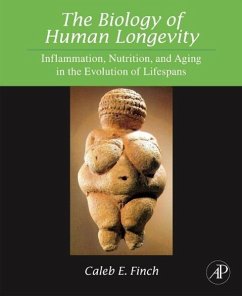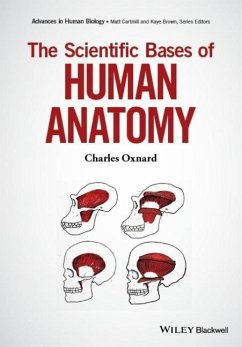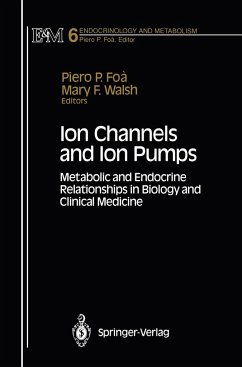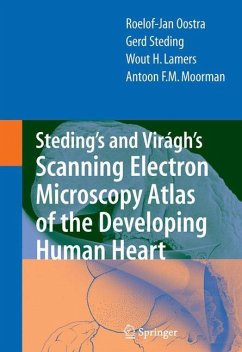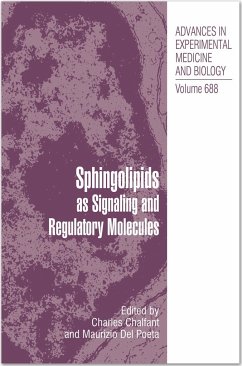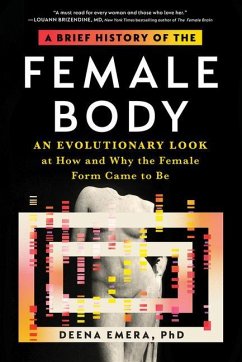
The Evolution of Vertebrate Blood Clotting
Versandkostenfrei!
Versandfertig in über 4 Wochen
53,99 €
inkl. MwSt.

PAYBACK Punkte
27 °P sammeln!
This remarkable book charts the step-by-step evolution ofvertebrate blood coagulation. Intended for readers with a background inbiological science, it is specifically targeted for those in the field ofmolecular evolution and researchers in the area of blood clotting. Illuminated by a great assortment of original illustrations, this remarkable book charts the step-by-step evolution of vertebrate blood coagulation. Intended for readers with a background in biological science, it is specifically targeted for those in the field of molecular evolution and researchers in the area of blood clotting. ...
This remarkable book charts the step-by-step evolution ofvertebrate blood coagulation. Intended for readers with a background inbiological science, it is specifically targeted for those in the field ofmolecular evolution and researchers in the area of blood clotting. Illuminated by a great assortment of original illustrations, this remarkable book charts the step-by-step evolution of vertebrate blood coagulation. Intended for readers with a background in biological science, it is specifically targeted for those in the field of molecular evolution and researchers in the area of blood clotting. The orderly way in which gene duplications provided new genes for fine-tuning the system serves as a model for how complex physiological systems in general have evolved. The book includes suggestions for specific genetic engineering experiments that can be done to illustrate how molecular evolution works. An extensive glossary and guide to the current literature combine to make this book ideal for course use as well as for self study.




